3D structures of cells and connections reveal new role for an understudied brain cell.
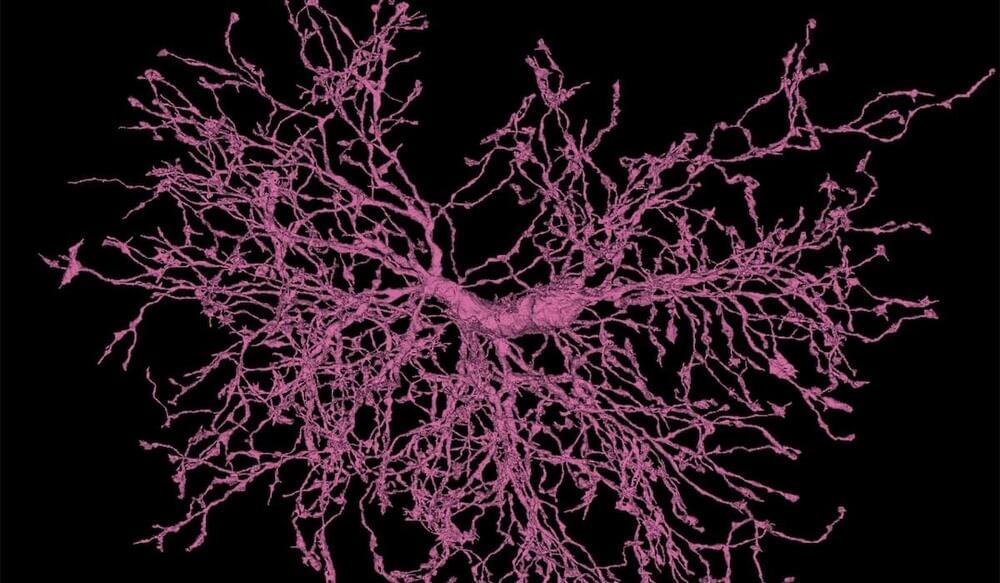


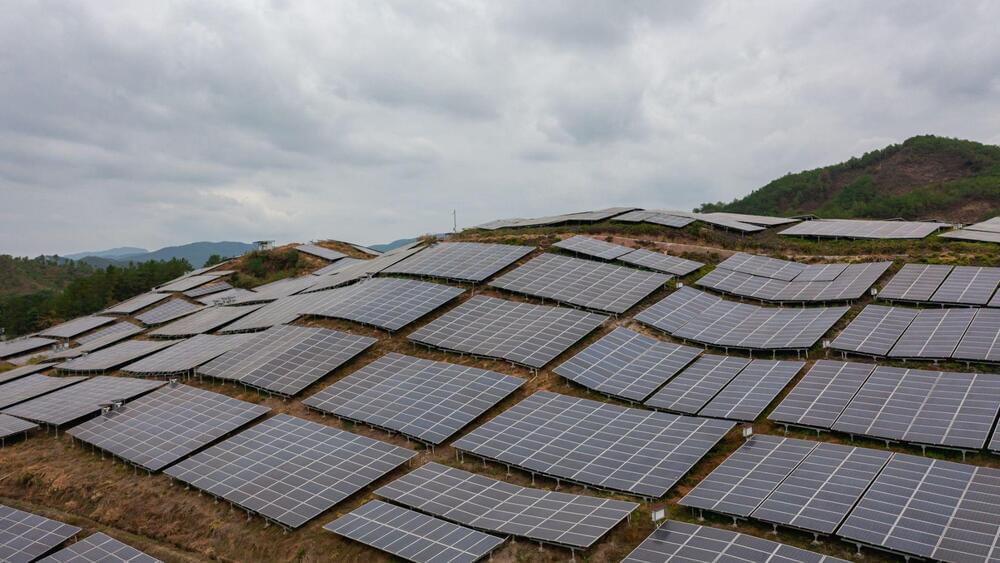
You heard that right, it’s time to cool down the solar farms a bit.
It’s a common belief that a solar panel produces more energy on receiving more sunlight but that’s not always true. In fact, a report from the World Economic Forum state that photovoltaic cells on a solar panel (that trap sunlight and convert it into electricity) may start producing less energy if they get overheated.
A new study conducted by a team of researchers from the University of Utah (UU), National Renewable Energy Laboratory (NREL), and Portland State University (PSU), sheds more light on this rarely discussed aspect of solar panels. It mentions that the efficiency of a solar plant goes down by 0.5 percent.
Jinli Guo/iStock.
Many solar panel manufacturers suggest that the ideal temperature for commercially used solar panels ranges between 15°C and 35°C, and the PV cells achieve the highest energy efficiency at 25°C. So, if a solar plant experiences a temperature around 50°C, it may suffer energy losses of up to 12 percent.

The future we’ve been waiting for is a little closer.
Recent information from the Defense Advanced Research Projects Agency (DARPA) has revealed that the Pentagon has indeed continued to pursue military-equipped jetpacks.
And now, they seem closer than ever to achieving their goal as they have already awarded contracts to companies to build test prototypes.
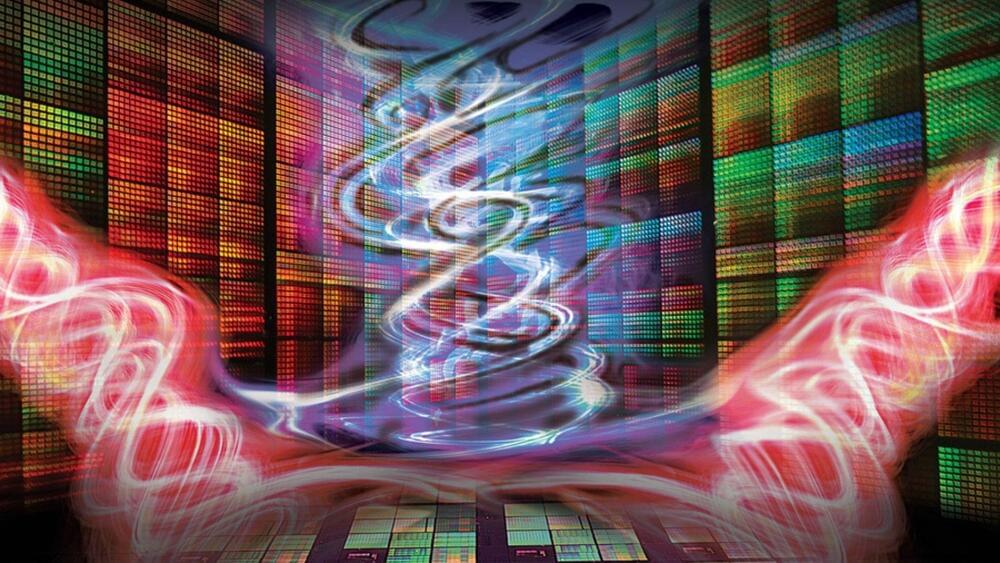
Controlling light “has been a recurring research theme since antiquity.”
An international group of researchers, led by a team at MIT, spent more than four years developing technologies for high-speed optical beam forming.
The researchers also developed a pioneering fabrication process that will ensure the quality of the device if and when it is manufactured at scale.
Sampson Wilcox.
They have now presented the fruits of their labor: a programmable, wireless device that can control light. The new system can manipulate the intensity of light and focus it in specific directions, and “do it orders of magnitude more quickly than commercial devices,” an MIT press statement reveals.
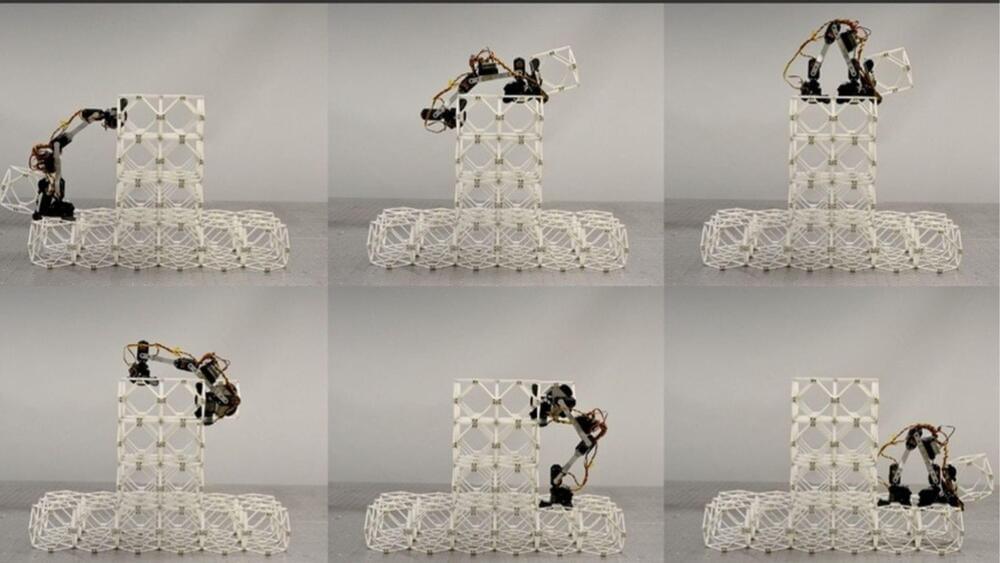
Researchers advance efforts to create groups of robots that could construct almost anything.
When it comes to the manufacturing of commercial aircraft, different parts are manufactured at various locations. Before finally bringing them all together in a central plant and putting the finished aeroplane together, the tail components, the fuselage, and the wings are made at different plants.
Many other large structures, besides aircraft, are also built in sections.
MIT
Before finally bringing them all together in a central plant and putting the finished aeroplane together, the tail components, the fuselage, and the wings are made at different plants.
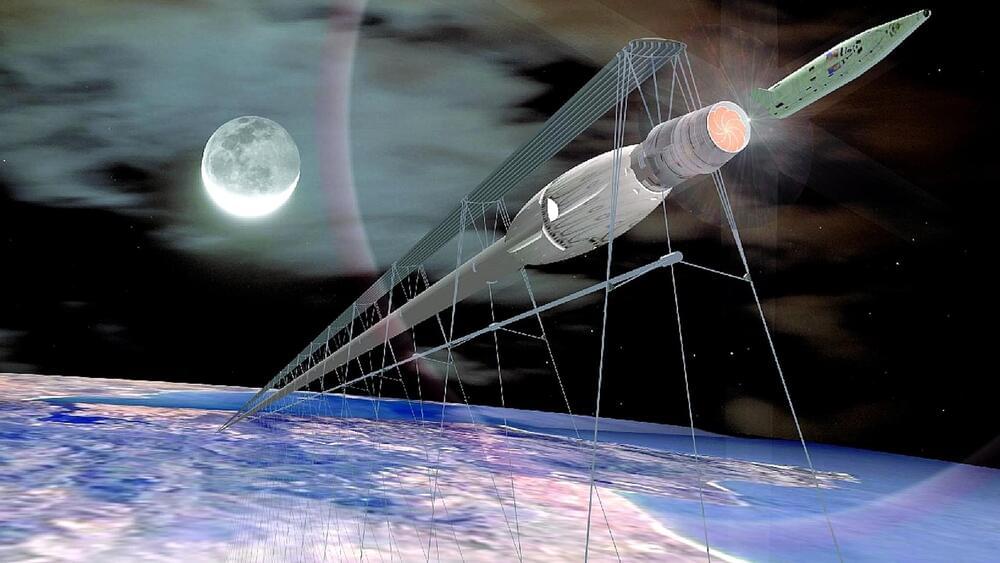
The space elevator — a structure that reaches into the sky — might feel like a distant, farfetched concept, but it could be closer than we think. In an op-ed for Scientific American.
Wikimedia.
In an op-ed for Scientific American, Physics professor Stephen Cohen at Vanier College in Montreal, Quebec, said he believes the sci-fi-like technology could be a reality within “the next two or three decades.”

Further studies of the meteorite are in peril, though.
A meteorite that fell in Somalia in 2020 is home to at least two minerals that are not found on our planet. The two minerals were identified by researchers at the University of Alberta, a press release said.
Large meteorites are rare but do occur, such as the one that fell near the town of El Ali in Somalia a couple of years ago. The celestial piece of rock weighs a massive 16.
University of Alberta.
Tons of space material enters the Earth’s atmosphere every day and burn up instantly. Very few actually survive the journey through the atmosphere and hit the ground, after which these space rocks are referred to as meteorites.
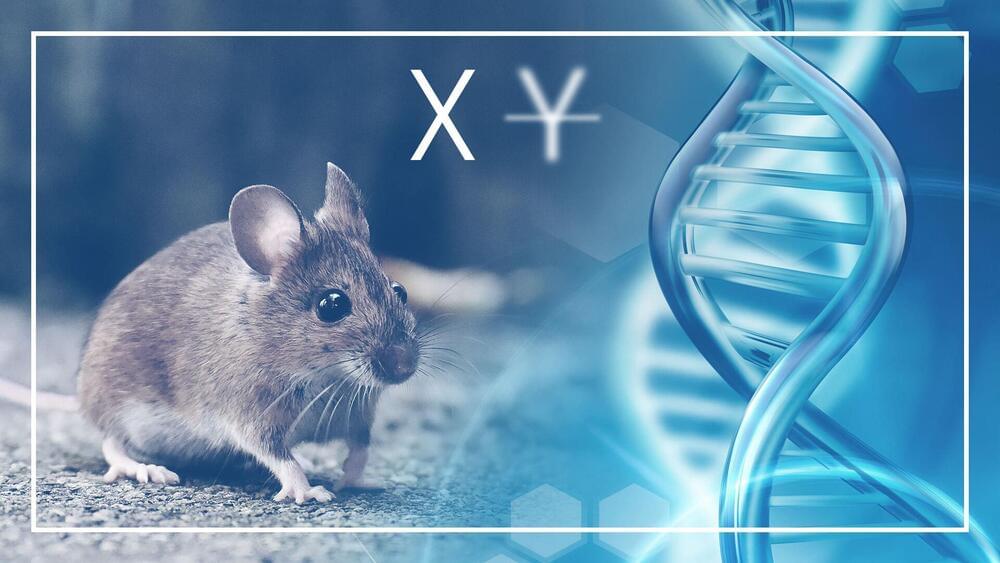
The Y chromosome carries a gene called SRY, which turns on male genes on other chromosomes.
The Amami spiny rat, one of the species that lack a Y chromosome and the Sry.
As per the press release, under normal conditions, the Sry gene on the Y chromosome triggers the formation of the testes. However, the Sry gene, along with the Y chromosome, has vanished in a small number of rodent species.
1, 2
By upregulating Sox9 in the absence of Sry, the researchers found that the sequence duplication in Amami spiny rats was a novel regulatory factor.

The anti-Apple crowd has the backing of the world’s richest person.
Elon Musk might have just propped himself as the new face of the anti-Apple group working to counter the iPhone maker’s monopoly in the app market. In a tweet, Musk accused Apple of threatening to withhold Twitter from the App Store without giving any specific reason and called it censorship.
Since his Twitter acquisition, Elon Musk has primarily been in the news for the things that have happened inside the social media company, whether it is firing half of the workforce or asking the remaining crew to commit more hours of work at a higher intensity to build a new version of the social media company.